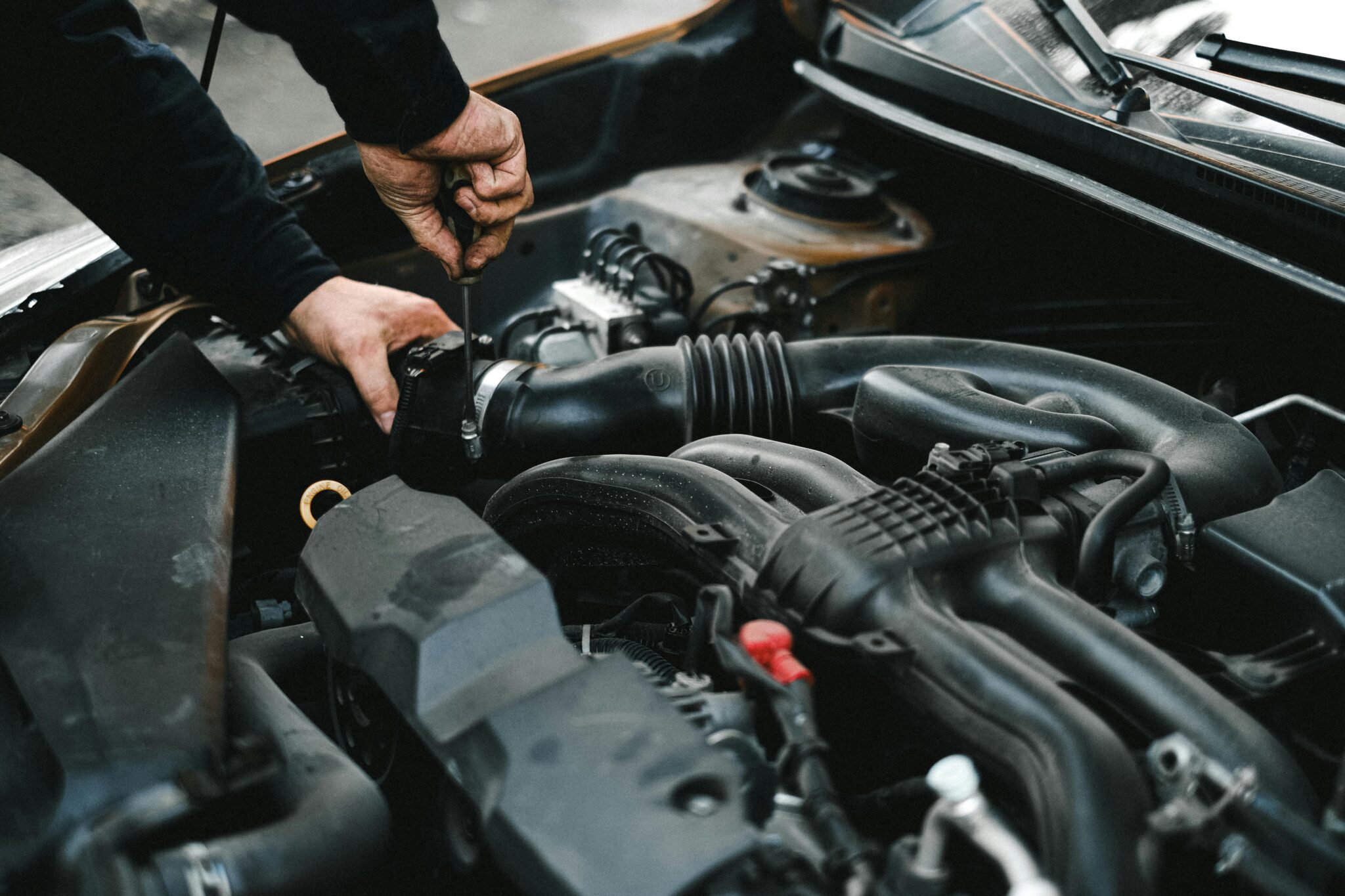Introduction
Your car’s engine is an amazing piece of equipment that turns the energy stored in gasoline into mechanical work. The engine uses a four-stroke cycle to perform this process. In each stroke, air and gas are injected into the combustion chamber where they’re ignited by a spark plug. The resulting explosion drives down on the piston which forces it to move up and down inside its cylinder barrel while turning it at the same time which causes your wheels to rotate.
Before you begin, it’s important to understand that there are two main types of engine tuning.
Before you begin, it’s important to understand that there are two main types of engine tuning. Performance tuning increases horsepower and acceleration while economy tuning maximizes fuel efficiency. The first step is to identify what type of driving you’ll be doing most often and then set about adjusting your car accordingly.
Performance tuning boosts the performance of your engine.
When you tune your engine, it’s not just about making more horsepower. You can also expect to see improvements in acceleration, torque and even emissions. There are some other benefits as well: tuning can help improve fuel efficiency by reducing the load on the engine (and therefore its consumption).
But what exactly does this mean? How does it work? And how much do you need to spend? We’ll take a closer look at all of these questions below!
Economy tuning maximizes fuel efficiency.
While you may be more interested in the performance of your engine, economy tuning is a great way to maximize fuel efficiency. For example, improving air flow through your engine can help reduce emissions and increase gas mileage by as much as 10{a5ecc776959f091c949c169bc862f9277bcf9d85da7cccd96cab34960af80885}.
- Improve airflow through the induction system: The first step is to install an air filter with larger holes that allows more air into the cylinder. This helps optimize combustion and reduces emissions by increasing efficiency at lower speeds or loads (like when idling). You can also modify or add performance filters if needed; these will improve airflow even further but require regular maintenance because they’re exposed to dust particles on roadsides and other contaminants that can clog them up over time.
- Modify or add an intercooler: An intercooler cools down hot compressed air coming out from under pressure in order for it to become usable again before entering into combustion chamber where fuel mixture burns together with oxygen coming from outside atmosphere surrounding piston head area which causes heat build-up inside cylinder head area due either too much compression ratio between intake valve opening time versus exhaust valve closing time resulting high temperature rise within engine block itself causing overheating issues such as spark plug fouling due excessive carbon deposits building up inside cylinder head area during prolonged periods without proper maintenance checks done regularly at periodic intervals (every 30 days).
The first step is to identify what type of driving you’ll be doing most often and then set about adjusting your car accordingly.
The first step is to identify what type of driving you’ll be doing most often and then set about adjusting your car accordingly.
If you want to do a lot of highway driving, then you’ll want to optimize fuel economy by increasing the amount of time that the engine operates at lower speeds. This can be achieved by raising the idle speed (RPM) slightly or even turning off your air conditioning. Conversely, if you do a lot of city driving where frequent stops are required, it’s best not only for performance but also safety reasons if we can minimize those times when our vehicle is idling in traffic while stationary. Therefore we would reduce idle speeds as well as turn on our A/C unit so that when we are stopped at red lights or stop signs our engines will have minimal opportunity for overheating due to excessive idling time – something which tends happen quite often when stuck behind slow-moving vehicles!
If you’re looking for better acceleration and an increase in horsepower, then you’ll need to adjust the car’s timing, ignition and fuel delivery systems.
If you’re looking for better acceleration and an increase in horsepower, then you’ll need to adjust the car’s timing, ignition and fuel delivery systems.
The timing of the engine is very important. If it’s too advanced or retarded, your engine won’t run properly. If it’s too advanced (when compared to where it should be), then there will be problems with starting and idling. If it’s too retarded (when compared to where it should be), then there will be problems with overheating and stalling out at low speeds due to lack of power coming from your pistons’ strokes within their cylinders. The ignition system must also be optimized so that all four spark plugs fire simultaneously when they are supposed to do so during combustion cycles inside cylinders; otherwise this may cause misfires which could lead into damage or failure down further down line such as valves sticking open due excessive heat buildup from constant firing cycles failing repeatedly over time causing excess pressure build up within chamber walls causing stress fractures which eventually leads towards cracking under high stress conditions like heavy loads applied during acceleration maneuvers etcetera….
If you want to maximize fuel economy then it’s best to work on improving air flow through your engine. This will typically involve changing or adding a performance air filter along with other modifications to help optimize airflow through the induction system.
If you want to maximize fuel economy then it’s best to work on improving air flow through your engine. This will typically involve changing or adding a performance air filter along with other modifications to help optimize airflow through the induction system.
- Use a performance air filter that can be cleaned and re-oiled regularly. This will keep dirt from entering into the engine and causing damage as well as causing premature wear on moving parts such as pistons, valves, etc…
- Add a cold air intake that allows colder outside air in when driving at speed (60 mph). Colder temperatures mean less compression which translates into less energy wasted during combustion resulting in better fuel economy for you!
- Install an exhaust system made from stainless steel or high quality aluminum materials instead of cheap sheet metal tubing found in stock exhaust systems because they tend last longer than others when subjected too much heat from prolonged periods at high RPMs–which means less maintenance costs over time too!
There are many ways that you can tune your engine to get better performance or more miles per gallon from each gallon of fuel!
There are many ways that you can tune your engine to get better performance or more miles per gallon from each gallon of fuel!
The best way to tune your engine is to identify what type of driving you’ll be doing most often, and then set about adjusting your car accordingly. For example, if you drive through hilly terrain frequently, it may make sense for the car’s computer system (the ECU) to prioritize saving fuel over increasing horsepower. If most of your driving is done on flat ground with few stoplights and traffic lights along the way, then it makes sense for this same ECU to prioritize getting high amounts of power out of each stroke at higher RPMs so that when those rare moments when maximum acceleration is needed arise they can be fulfilled quickly enough without sacrificing fuel economy too much in order not only meet but exceed expectations set by other drivers around them who might otherwise try passing them off as “slower” than themselves even though their own vehicles aren’t necessarily any faster overall just because they happen not have been tuned properly yet!
Conclusion
By tuning your engine, you can improve both its performance and fuel economy. The key is to identify what type of driving you’ll be doing most often and then set about adjusting your car accordingly. If you’re looking for better acceleration and an increase in horsepower then it’s best to work on improving air flow through your engine which will typically involve changing or adding a performance air filter along with other modifications such as larger intake valves that allow more air into each piston stroke while also improving engine compression ratio so there is less loss of power through heat energy loss during combustion process



